Search Results for: Bees
Skip to resultsCan’t find what you’re looking for? Visit our FAQ page.
1,564 results
1,564 results for: Bees
-
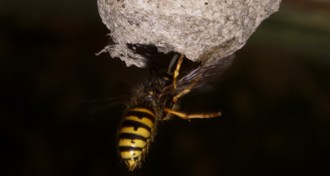 Animals
AnimalsInsect queens sterilize workers with similar chemical
When exposed to a form of saturated hydrocarbons that mimicked the queen’s scent, the worker insects’ ovaries degraded.
-
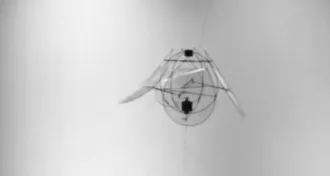 Tech
TechJellyfish-like flying machine takes off
Mimicking sea creatures instead of insects leads to better hovering, scientists find.
-
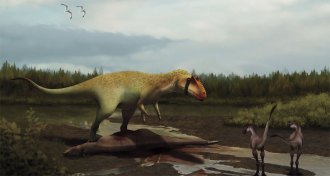
-
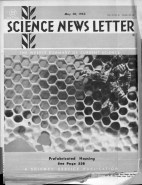
-
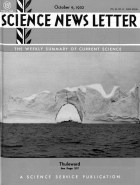
-

-
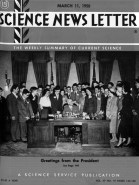
-
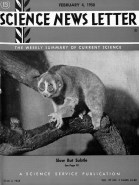
-
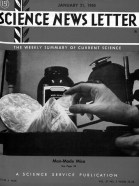
-
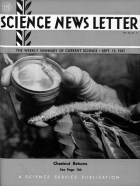
-
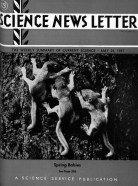
-
